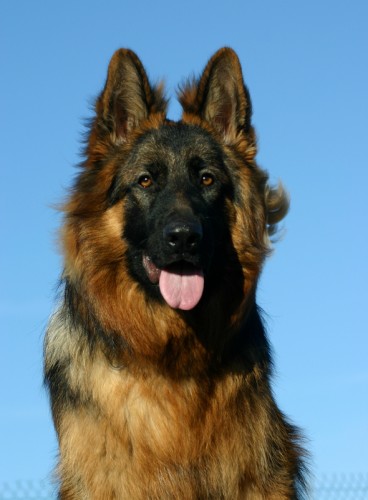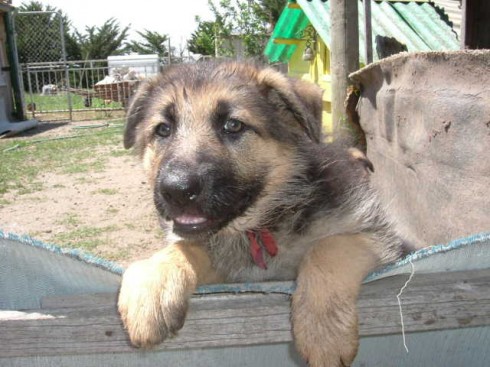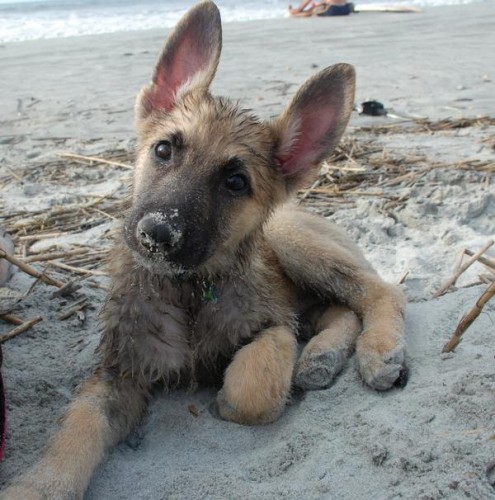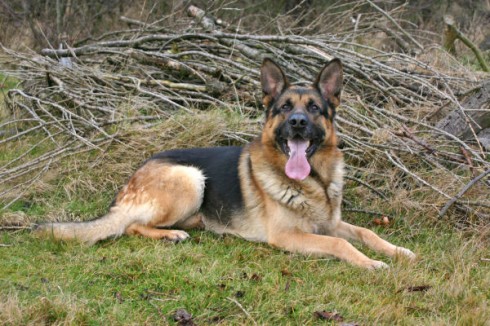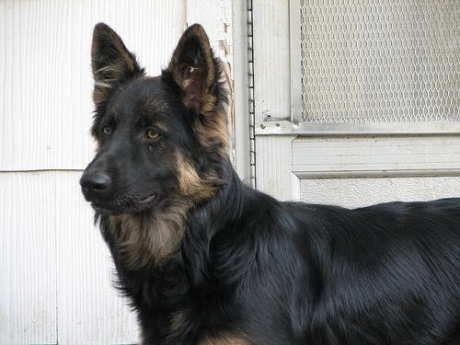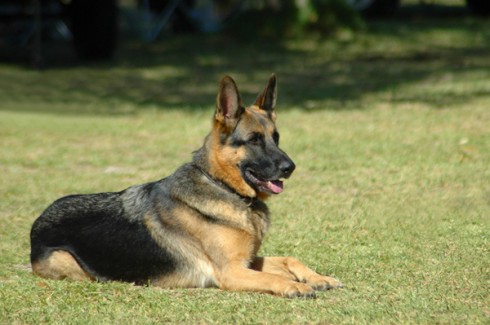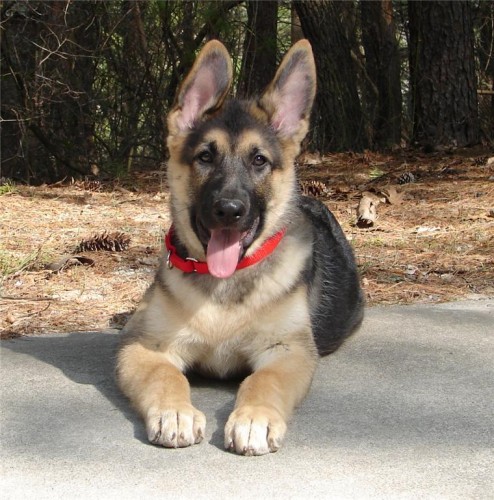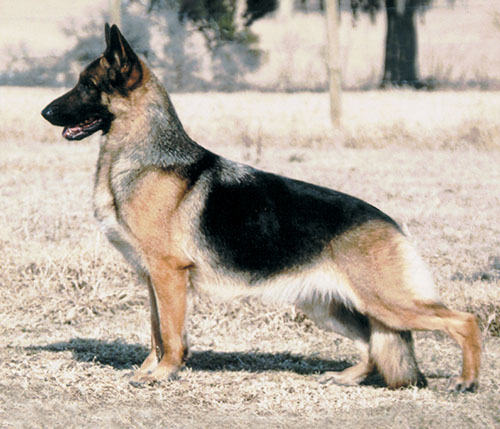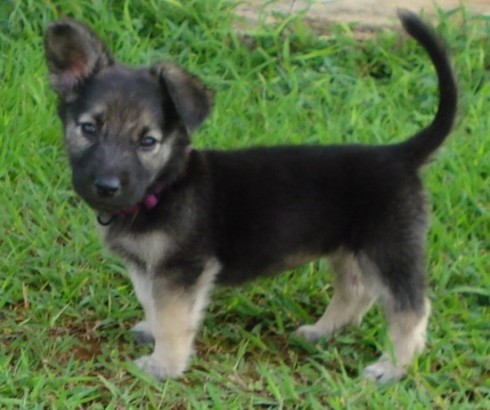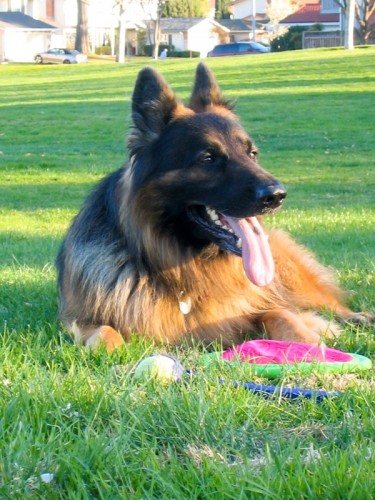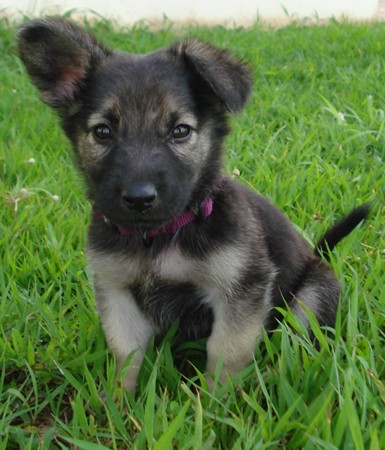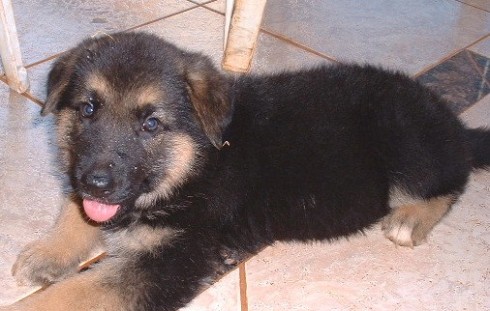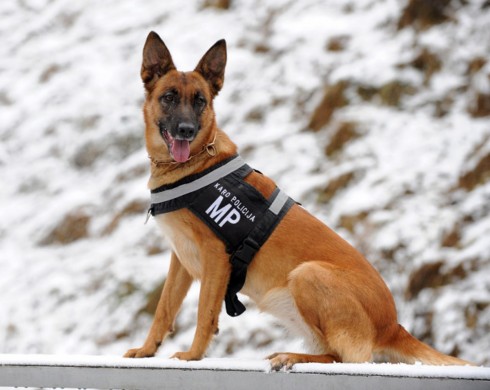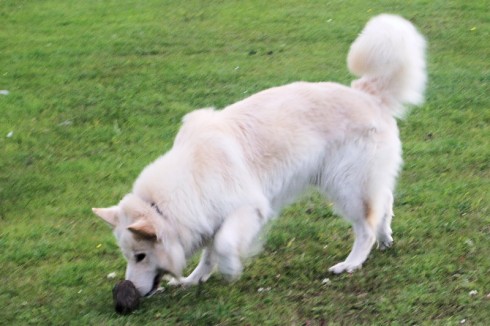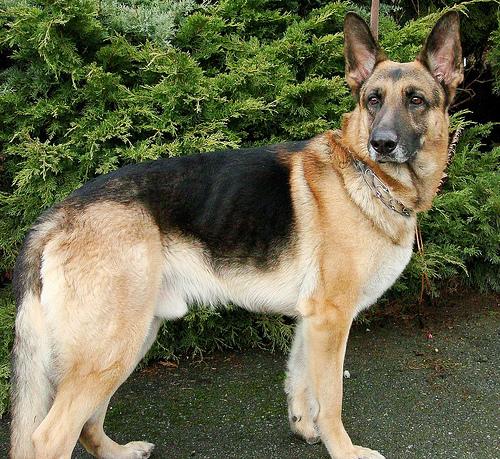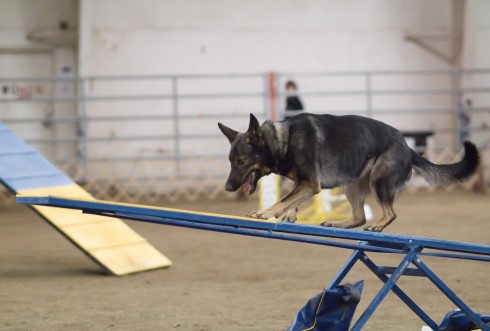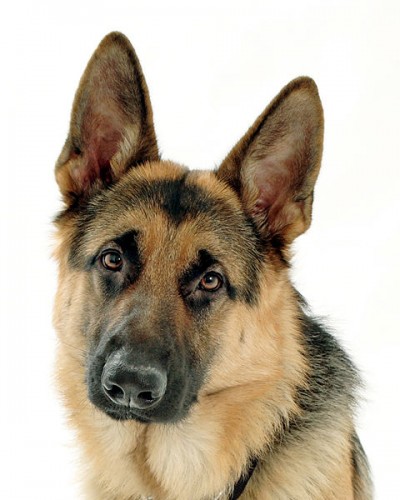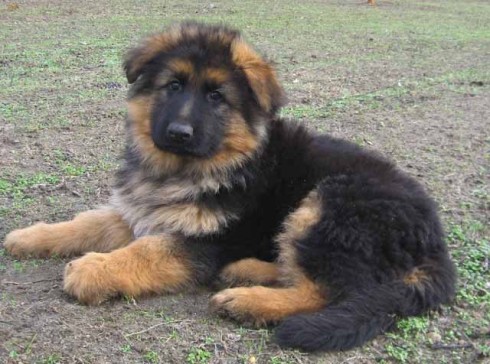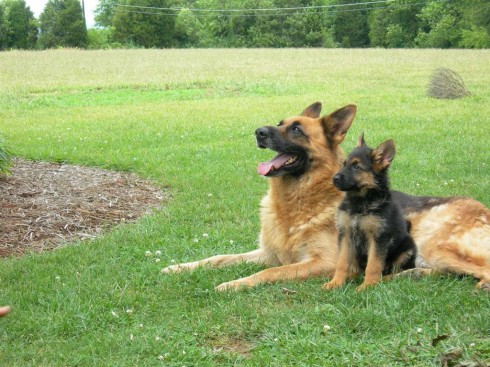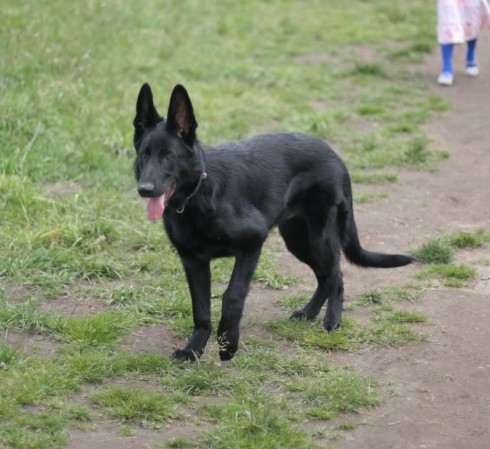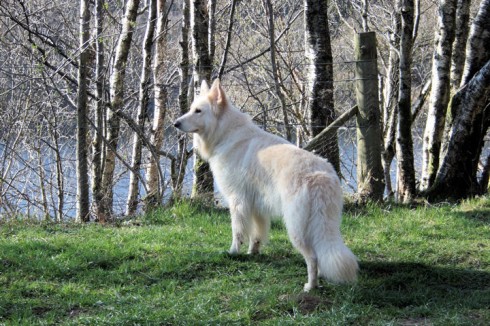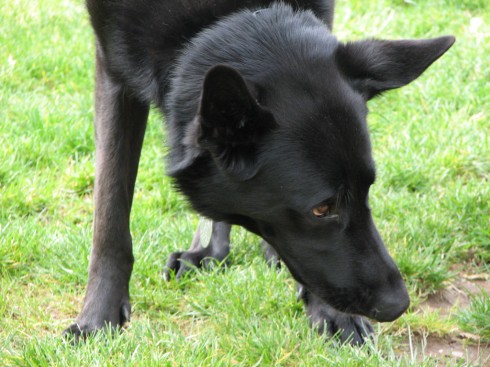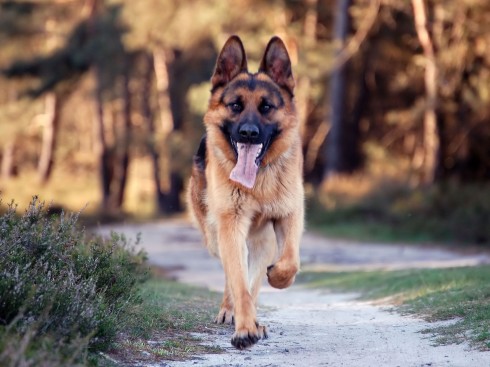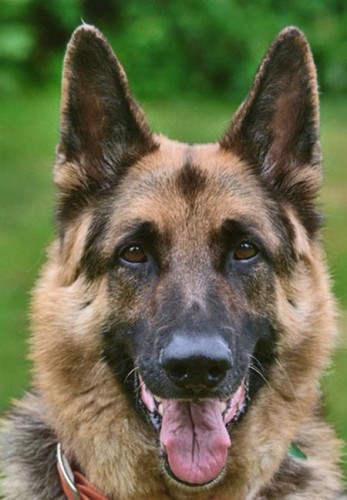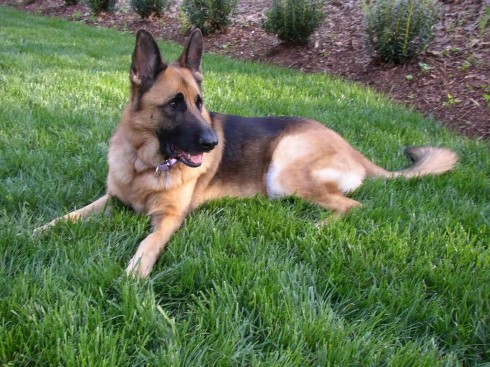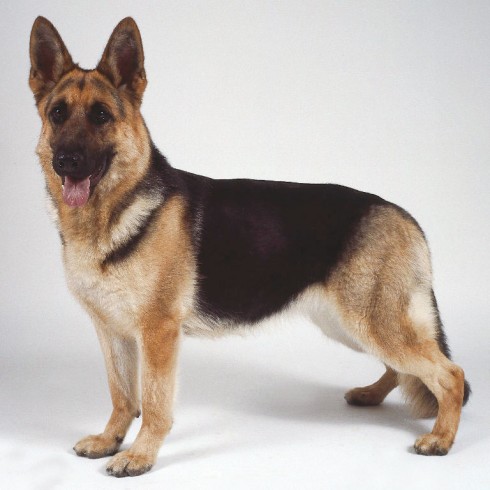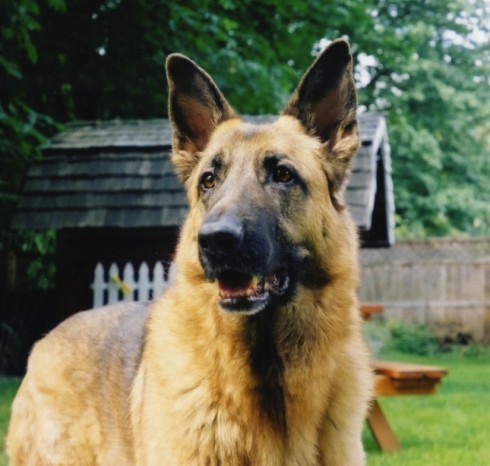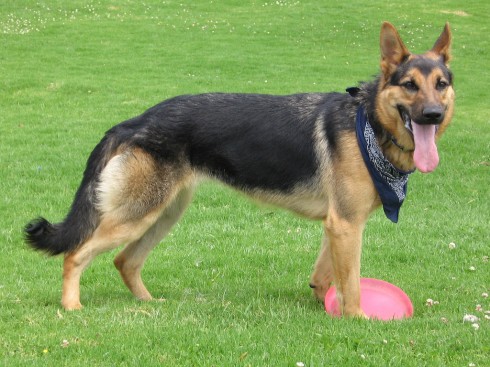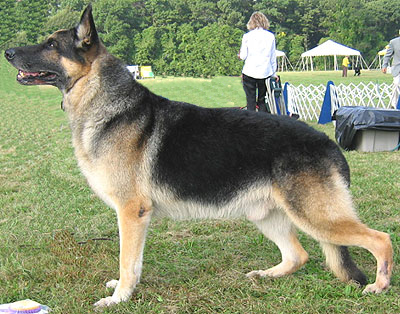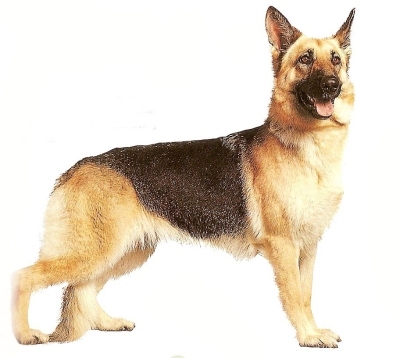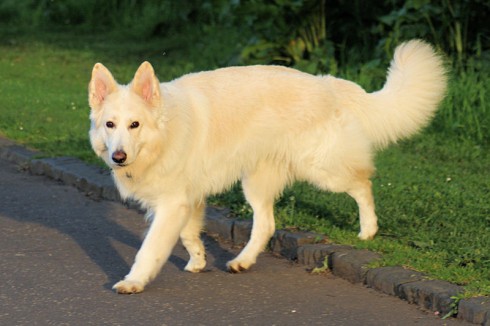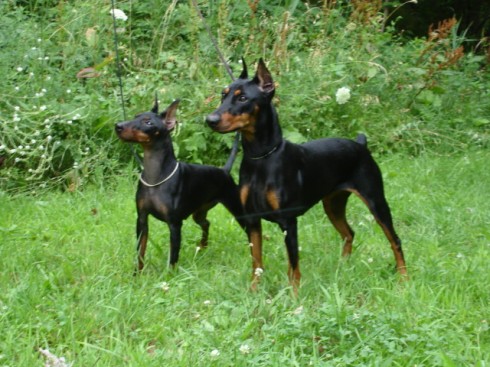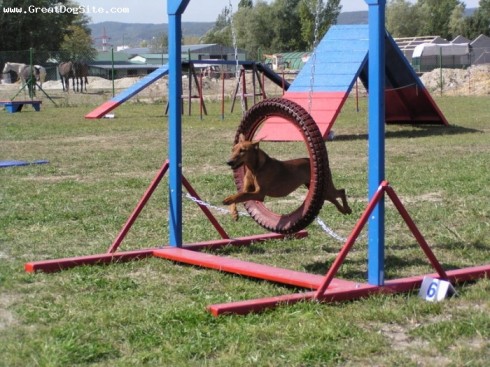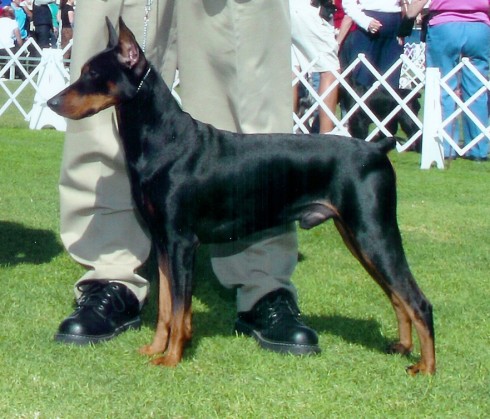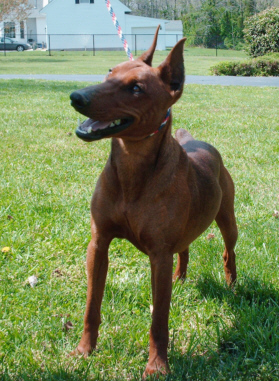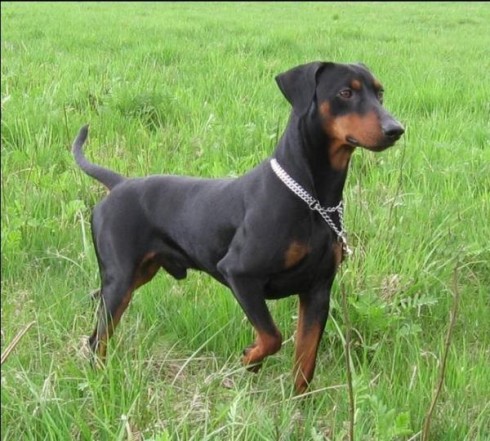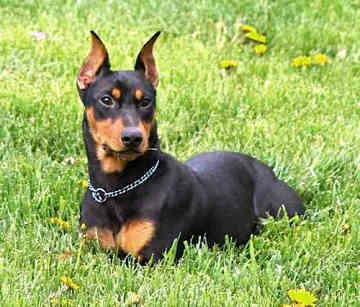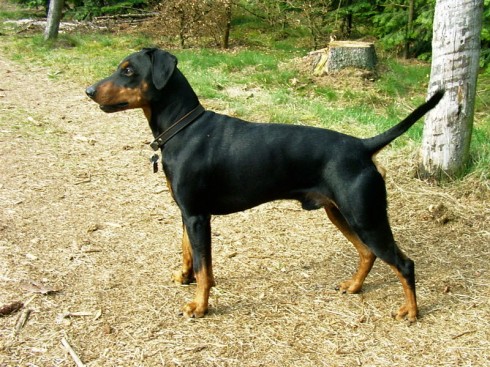Main Index
In Store
Our Web Store
Miniature Schnauzer Picture Gallery
Latest Dog Blogs
- What Are The Basic Commands To Train A Dog?
- PaySafe As The Most Popular Type Of Deposit
- Everything You Need To Know About Pet Sales
- Dogs Contribute To Our Physical And Mental Well Being
- How To Choose Where To Bet On Greyhounds In 2022
- Volunteer With Animals - How To Help Dogs Around The World
- Basic Understanding Of The House Edge
- Why You Should Get A Dog
- Top 20 Popular Dog Names Around The World
- Constipation in Dogs and How to Find Solutions
German Shepherd Dog
German Shepherd Dog Picture Gallery
German Shepherd Dog Clubs/Associations
The Full German Shepherd Dog Description
For nobility of character, purpose, and appearance, few animals can surpass the German Shepherd Dog. This breed's courage, steadfast heart, and keen senses have endeared him to mankind. They make wonderful companions. He is active, but dignified, and will delight in joining you in fishing, swimming, or hiking. He's very fond of children once he gets to know them.
Did you know?
On April 22, 1899, the German Captain Max von Stephanitz founded the Verein fur Deutsche Schaferhunde (SV), the first parent club of the breed now known as the German Shepherd Dog.
So you want to own a German Shepherd Dog?
The German Shepherd Dog is known throughout the world for his uncanny intelligence and faithfulness. This versatile breed has well-earned the reputation as family companion, guide dog, police dog, and, of course, herder.
The German Shepherd Dog is an excellent house-dog, but if you live in an apartment or a small house you will need to give your dog daily exercise.
They are excellent travellers and love to ride in the car for long trips. They are truly a companion and can be taken everywhere - fishing, swimming, boating, hiking, etc.
Indicative Breed Standard
General Appearance
Slightly long in comparison to height; of powerful, well muscled build with weather-resistant coat. Relation between height, length, position and structure of fore and hindquarters (angulation) producing far-reaching, enduring gait. Clear definition of masculinity and femininity essential, and working ability never sacrificed for mere beauty.
Characteristics
Versatile working dog, balanced and free from exaggeration. Attentive, alert, resilient and tireless with keen scenting ability.
Temperament
Steady of nerve, loyal, self-assured, courageous and tractable. Never nervous, over-aggressive or shy.
Head and Skull
Proportionate in size to body, never coarse, too fine or long. Clean cut; fairly broad between ears. Forehead slightly domed; little or no trace of central furrow. Cheeks forming softly rounded curve, never protruding. Skull from ears to bridge of nose tapering gradually and evenly, blending without too pronounced stop into wedge-shaped powerful muzzle. Skull approximately 50 per cent of overall length of head. Width of skull corresponding approximately to length, in males slightly greater, in females slightly less. Muzzle strong, lips firm, clean and closing tightly. Top of muzzle straight, almost
parallel to forehead. Short, blunt, weak, pointed, overlong muzzle undesirable.
Eyes
Medium-sized, almond-shaped, never protruding. Dark brown preferred, lighter shade permissible, provided expression good and general harmony of head not destroyed. Expression lively, intelligent and self-assured.
Ears
Medium-sized, firm in texture, broad at base, set high, carried erect, almost parallel, never pulled inwards or tipped, tapering to a point, open at front. Never hanging. Folding back during movement permissible.
Mouth
Jaws strongly developed. With a perfect, regular and complete scissor bite, i.e. upper teeth closely overlapping lower teeth and set square to the jaws. Teeth healthy and strong. Full dentition desirable.
Neck
Fairly long, strong, with well developed muscles, free from throatiness. Carried at 45 degrees angle to horizontal, raised when excited, lowered at fast trot.
Forequarters
Shoulder blades long, set obliquely (45 degrees) laid flat to body. Upper arm strong, well muscled, joining shoulder blade at approximately 90 degrees. Forelegs straight from pasterns to elbows viewed from any angle, bone oval rather than round. Pasterns firm, supple and slightly angulated. Elbows neither tucked in nor turned out. Length of foreleg exceeding depth of chest.
Body
Length measured from point of breast bone to rear edge of pelvis, exceeding height at withers. Correct ratio 10 to 9 or 8 and a half. Undersized dogs, stunted growth, high-legged dogs, those too heavy or too light in build, over-loaded fronts, too short overall appearance, any feature detracting from reach or endurance of gait, undesirable. Chest deep (45-48 per cent) of height at shoulder, not too broad, brisket long, well developed. Ribs well formed and long; neither barrel-shaped nor too flat; allowing free movement of elbows when gaiting. Relatively short loin. Belly firm, only slightly drawn up. Back between withers and croup, straight, strongly developed, not too long. Overall length achieved by correct angle of well laid shoulders, correct length of croup and hindquarters. Withers long, of good height and well defined, joining back in a smooth line without disrupting flowing topline, slightly sloping from front to back. Weak, soft and roach backs undesirable and should be rejected. Loin broad, strong, well muscled. Croup long, gently curving downwards to tail without disrupting flowing topline. Short, steep or flat croups undesirable.
Hindquarters
Overall strong, broad and well muscled, enabling effortless forward propulsion of whole body. Upper thighbone, viewed from side, sloping to slightly longer lower thighbone. Hind angulation sufficient if imaginary line dropped from point of buttocks cuts through lower thigh just in front of hock, continuing down slightly in front of hindfeet. Angulations corresponding approximately with front angulation, without over-angulation, hock strong. Any tendency towards over-angulation of hindquarters reduces firmness and endurance.
Feet
Rounded toes well closed and arched. Pads well cushioned and durable. Nails short, strong and dark in colour. Dewclaws removed from hindlegs.
Tail
Bushy-haired, reaches at least to hock – ideal length reaching to middle of metatarsus. At rest tail hangs in slight sabre-like curve; when moving raised and curve increased, ideally never above level of back. Short, rolled, curled, generally carried badly or stumpy from birth, undesirable.
Gait/Movement
Sequence of step follows diagonal pattern, moving foreleg and opposite hindleg forward simultaneously; hindfoot thrust forward to midpoint of body and having equally long reach with forefeet without any noticeable change in backline.
Coat
Outer coat consisting of straight, hard, close-lying hair as dense as possible; thick undercoat. Hair on head, ears, front of legs, paws and toes short; on back, longer and thicker; in some males forming slight ruff. Hair longer on back of legs as far down as pasterns and stifles and forming fairly thick trousers on hindquarters. No hard and fast rule for length of hair; mole-type coats undesirable.
Colour
Black or black saddle with tan, or gold to light grey markings. All black, all grey, with lighter or brown markings referred to as Sables. Nose black. Light markings on chest or very pale colour on inside of legs permissible but undesirable, as are whitish nails, red-tipped tails or wishy-washy faded colours defined as lacking in pigmentation. Blues, livers, albinos, whites (i.e. almost pure white dogs with black noses) and near whites highly undesirable. Undercoat, except in all black dogs, usually grey or fawn. Colour in itself is of secondary importance having no effect on character or fitness for work. Final colour of a young dog only ascertained when outer coat has developed.
Size
Ideal height (from withers and just touching elbows): dogs: 63 cms (25 ins); bitches: 58 cms (23 ins). 2.5 cms (1 in) either above or below ideal permissible.
The Best Dog Food For A German Shepherd
- Breed Article
- 22 January 2018
- No comments
About Our Article Directory
- Article
- 27 November 2010
- 2 comments
Guard Dogs - The 6 Best Breeds to Protect Your Home and Family
- Breed Article
- 1 November 2010
- 1 comment
Canis lupus familiaris
- Breed Article
- 29 May 2010
- No comments
A Brief History Of Seeing Eye Dogs
- Article
- 31 January 2010
- No comments
Pituitary Dwarfism or Hyposomatotrophism
- Article
- 31 January 2010
- No comments
Discoid Lupus
- Article
- 31 January 2010
- No comments
Hypertrophic Osteodystroph (HOD)
- Article
- 31 January 2010
- No comments
Quick Search
Donate
Latest Dog Pods
- Tips on How to Stop Your Dog from Biting
- Beware - Not All Advertised Dog Rescues Really Are! How Can You Know The Truth?
- Helpful Tips For Dog Obedience Problems
- How to Keep Dogs From Eating Poop
- Dog Grooming Tips - A General Overview of the Very Basics of Dog Grooming
- Recognising Different Types of Dog Obedience Problems
- 5 Important Tips On Feeding A Puppy


